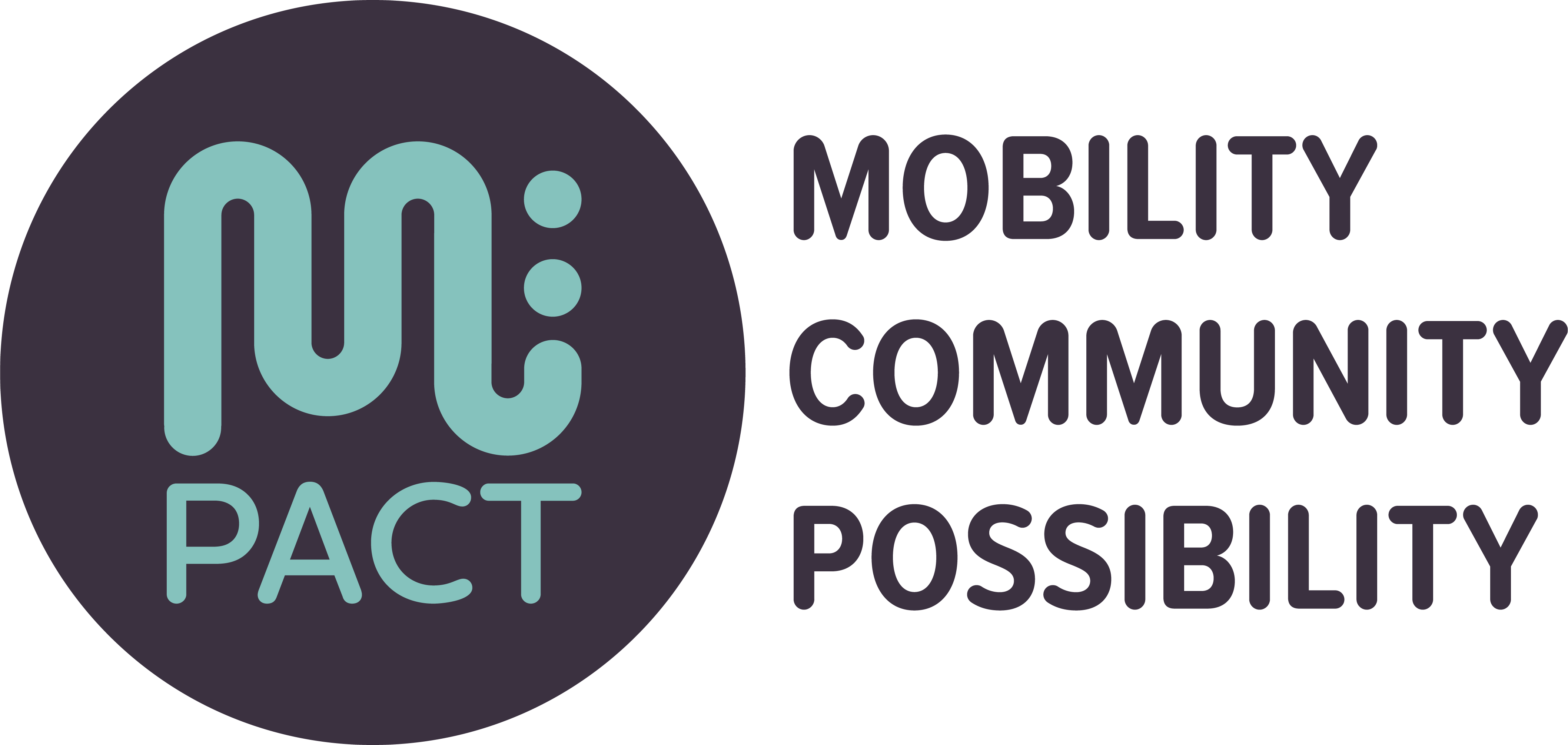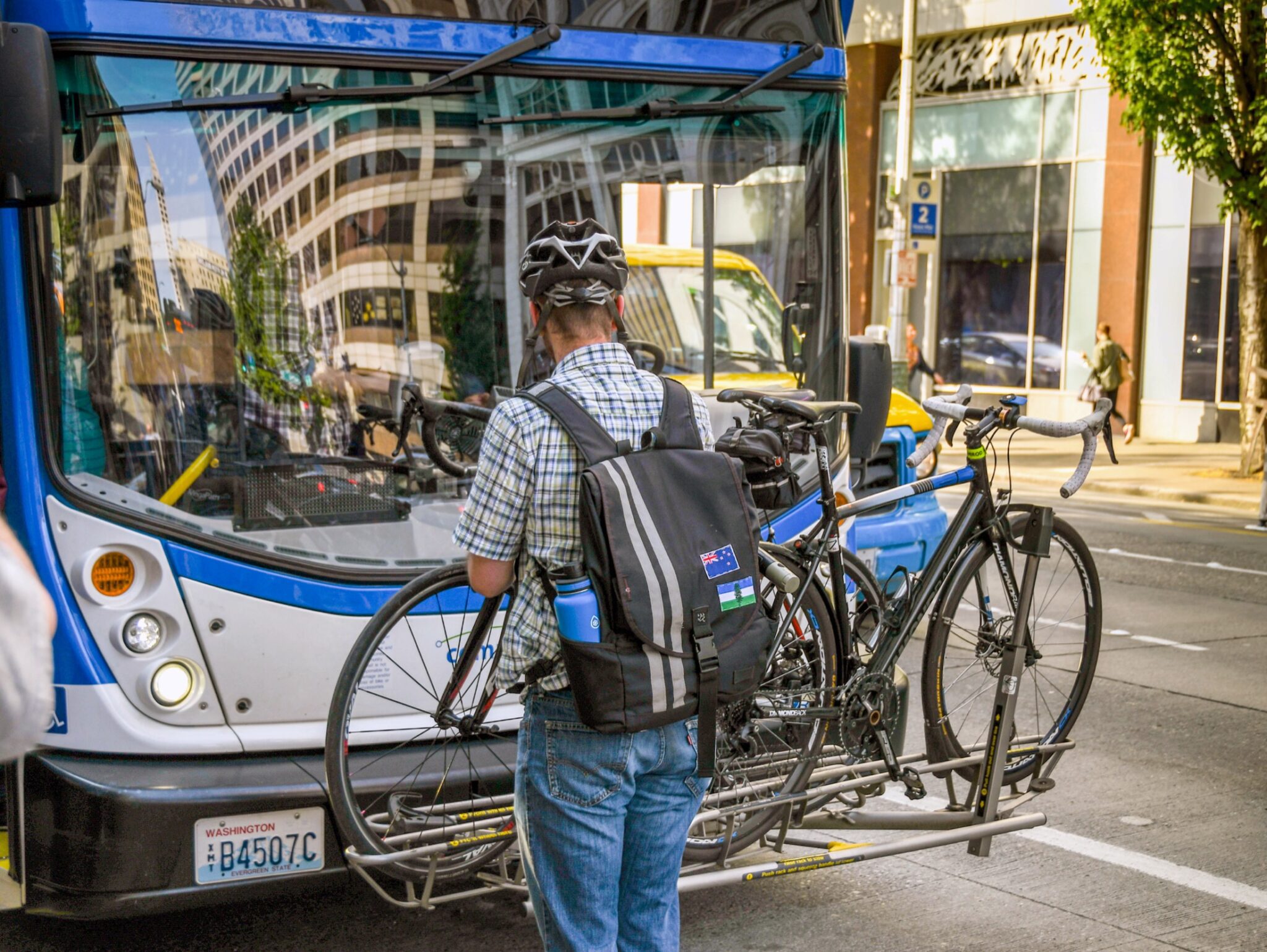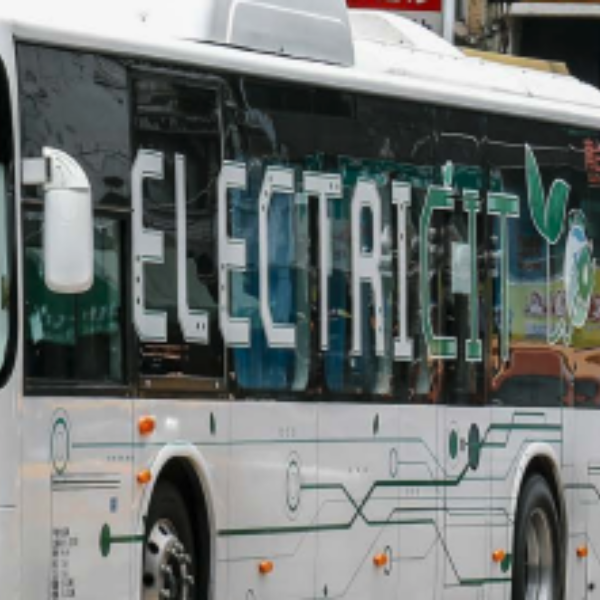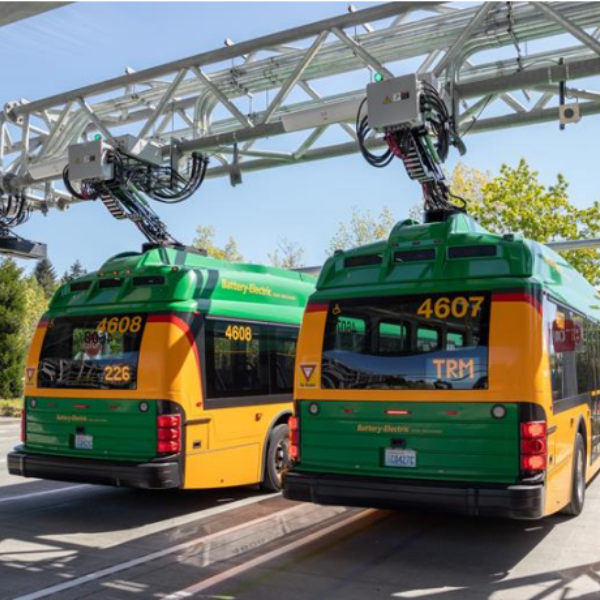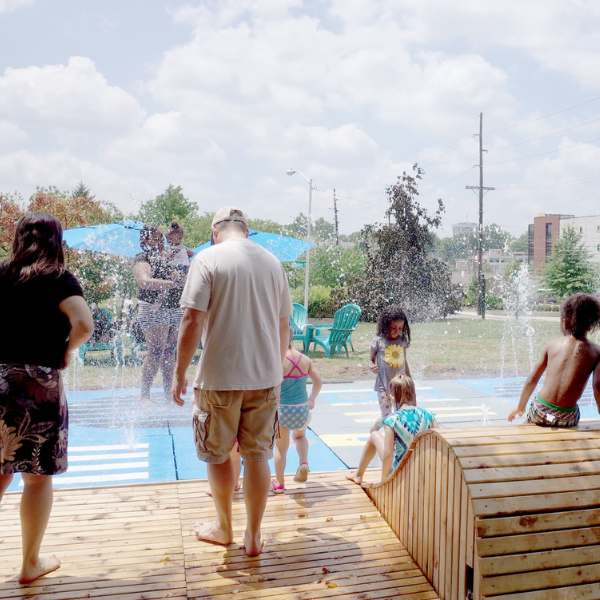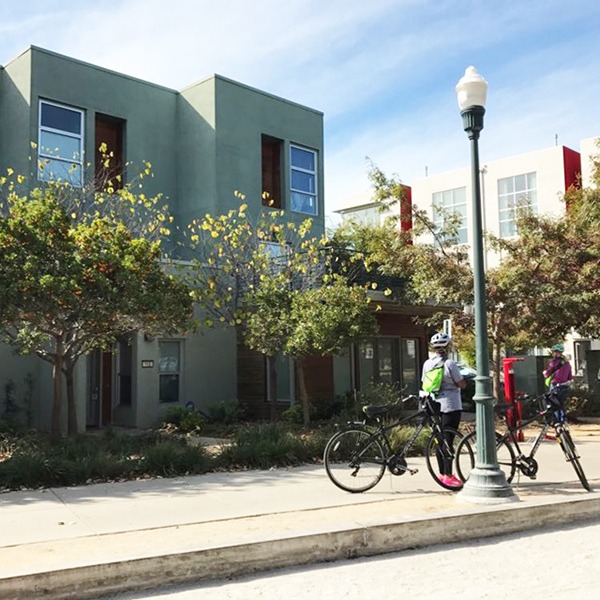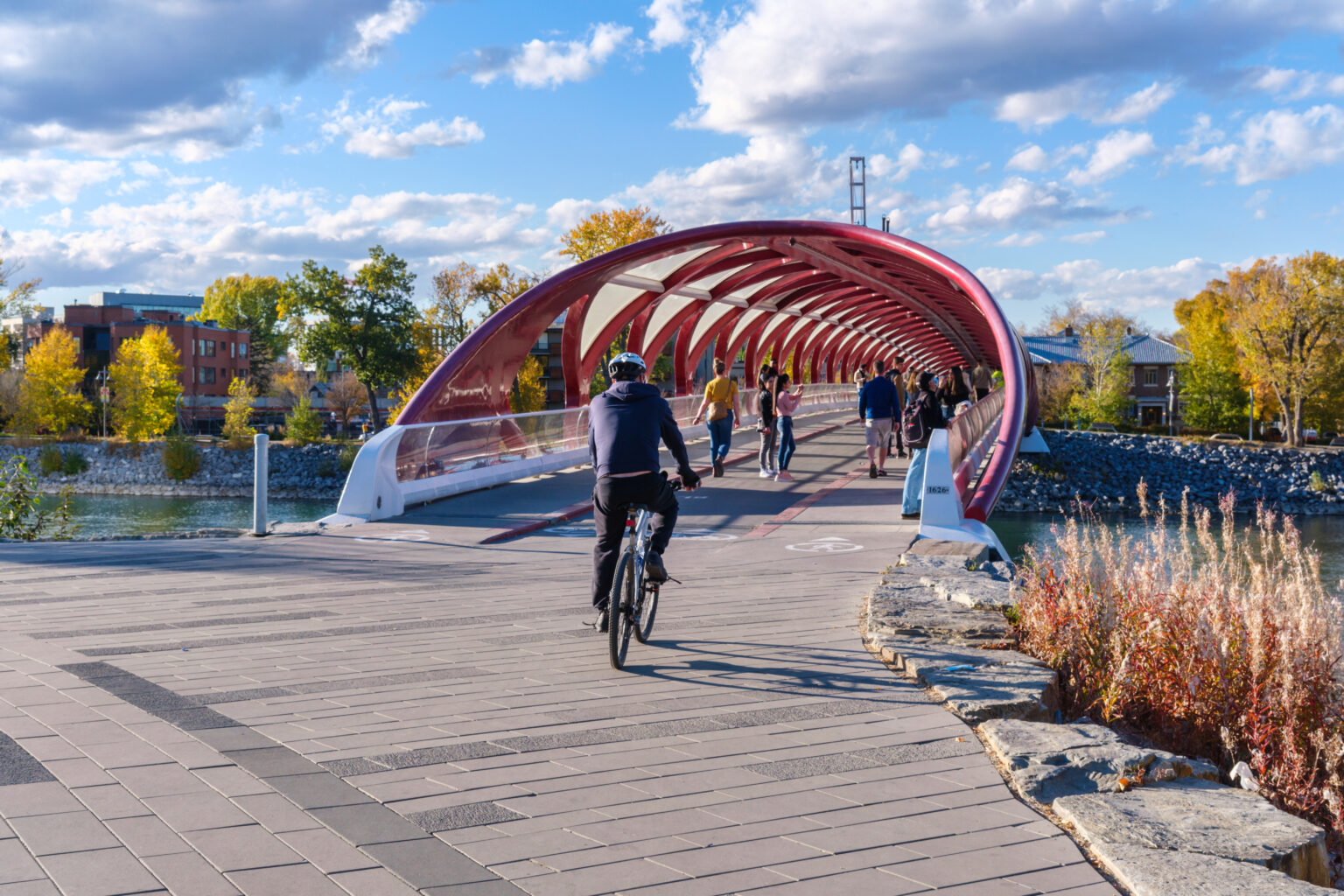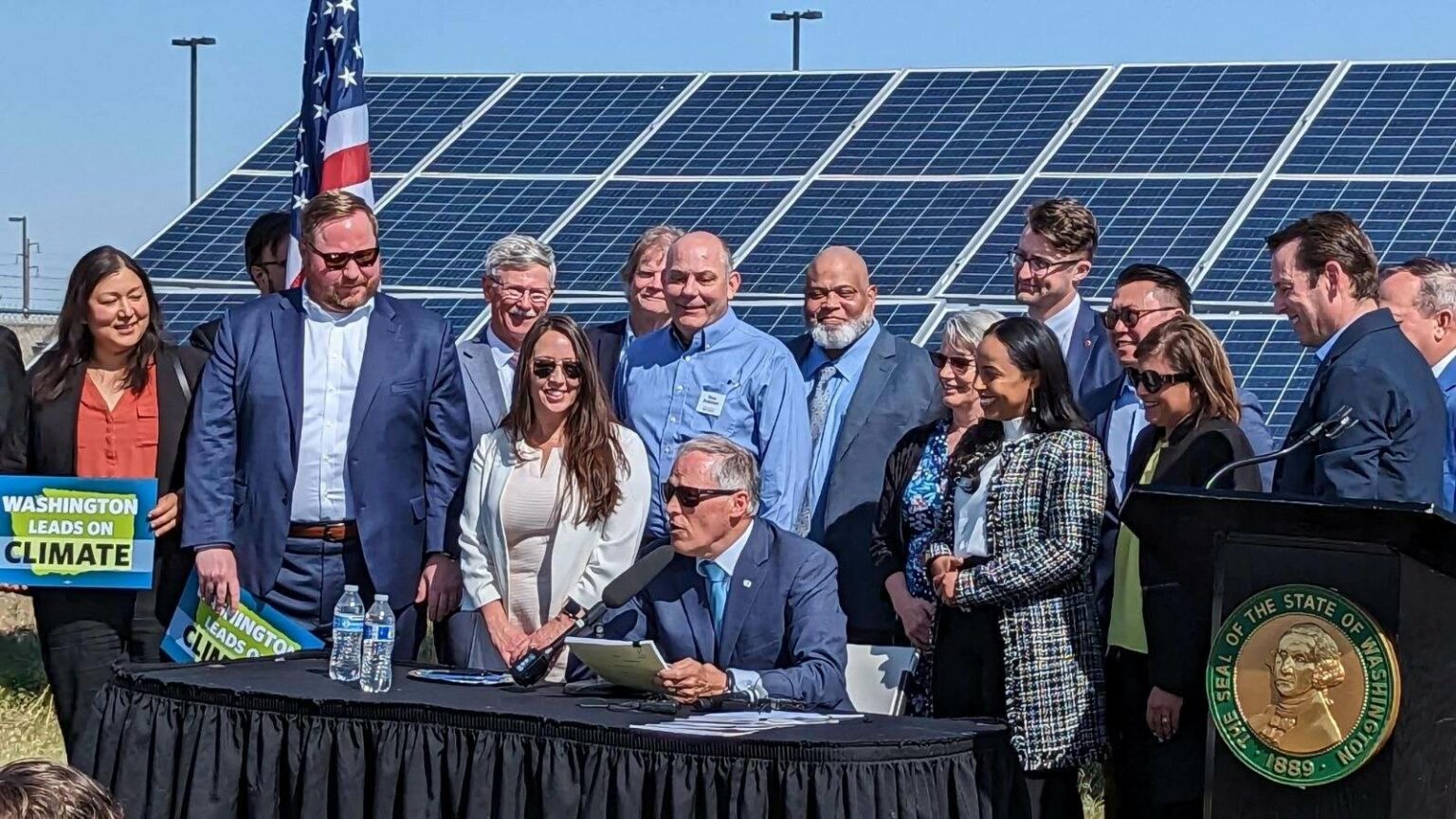Denser, more climate-friendly neighborhoods also create huge infrastructure efficiencies.
In such neighborhoods, it’s four times cheaper to connect broadband networks, while stormwater runoff (a critical climate challenge) is 74% lower in walkable neighborhoods.
In the race to bring down emissions to meet climate targets, we need to figure out how to build TOD neighborhoods at scale. Right now, as Adie Tomer says on our podcast, Climate Friendly Neighborhoods, “it’s too cheap to build the thing we shouldn’t have,” places that require long, emissions-heavy trips.
We need zoning changes and more investment in affordable housing near jobs and other destinations. “We are not lacking technical solutions,” Tomer says, but we have to crack the code for getting it done at scale.

- All
- Podcast

